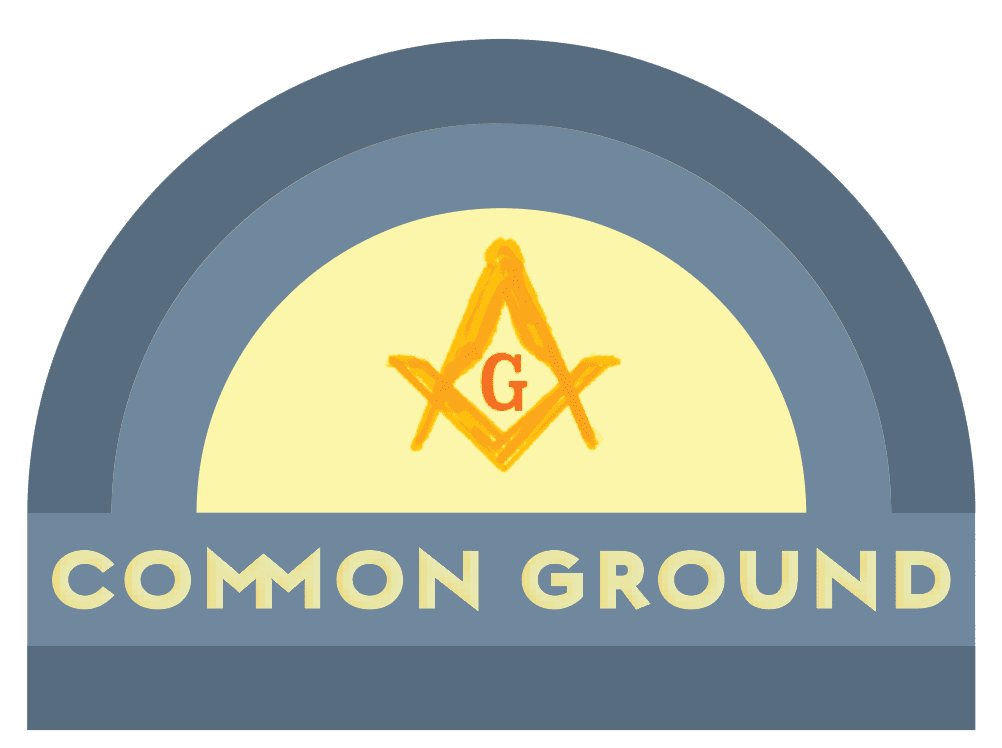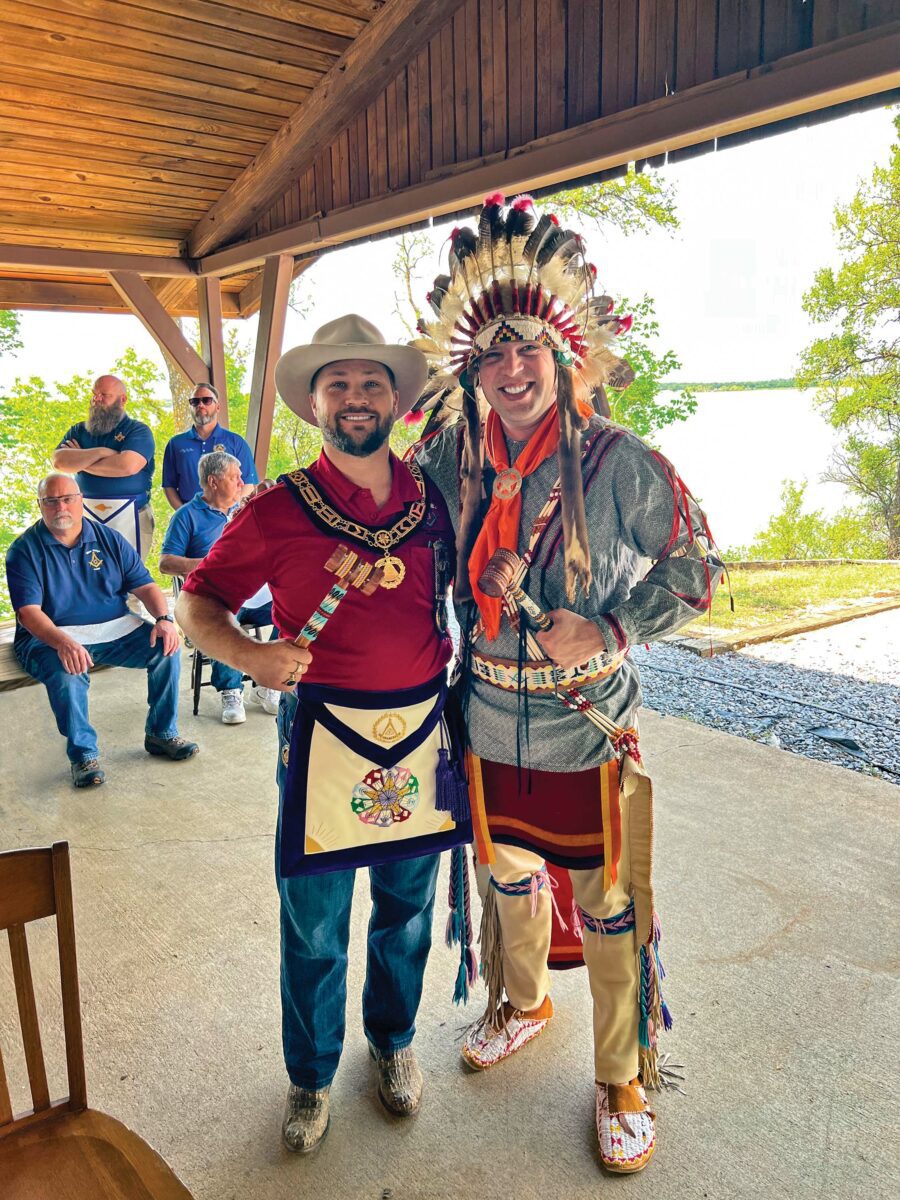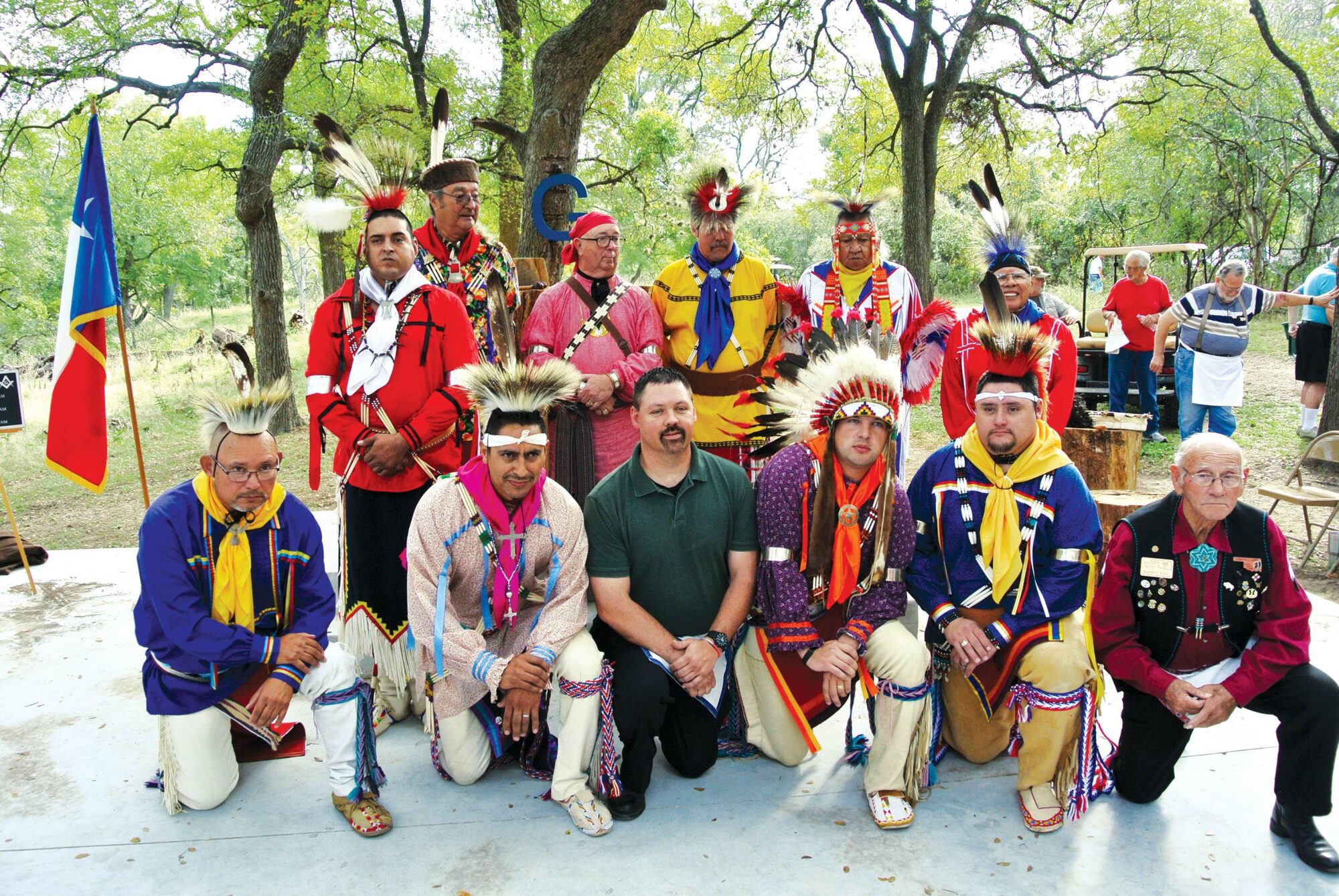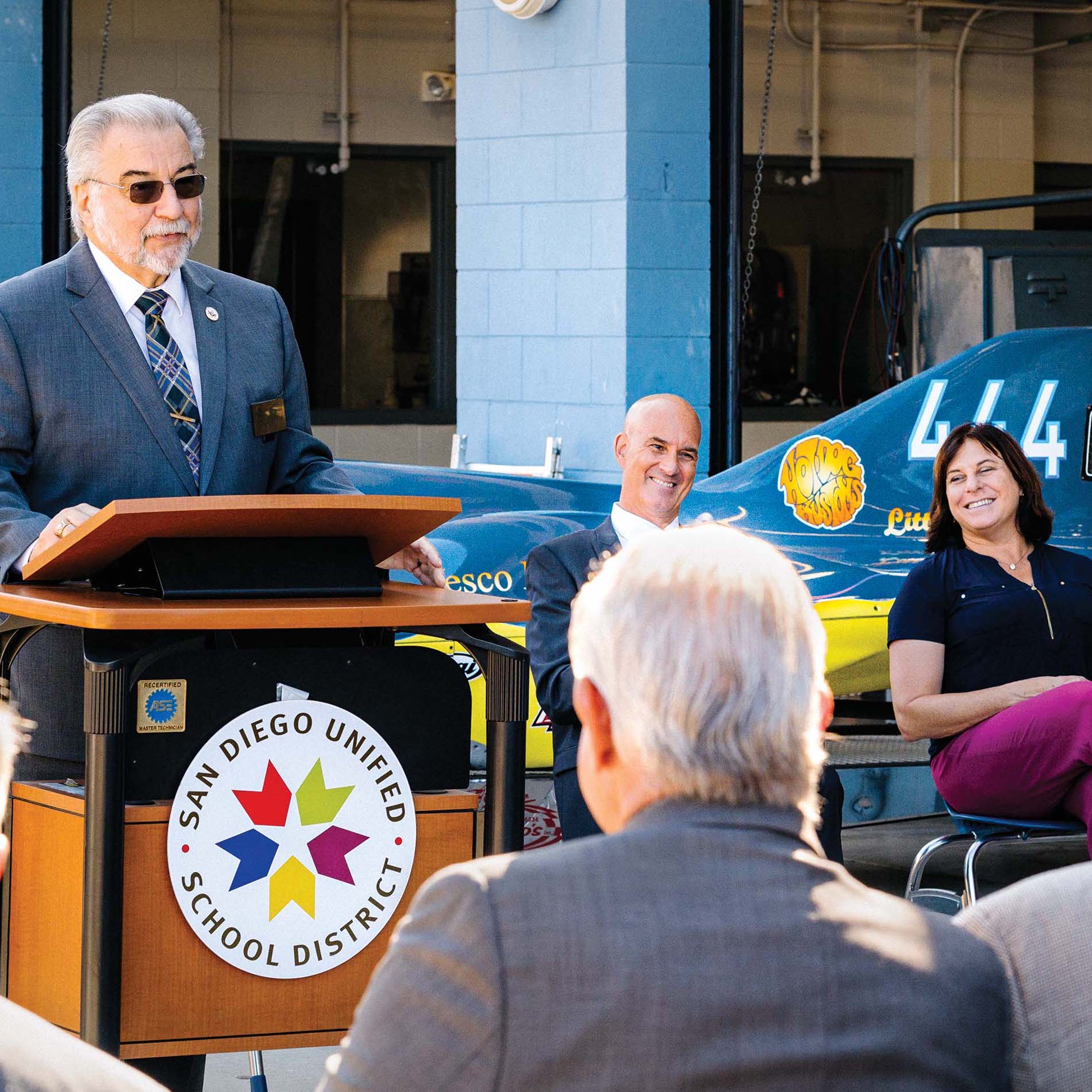
His Grandfather Was Canceled. His Grandmother Was a Hero
When a monument to his grandfather came under newfound scrutiny, Julius Kahn used the opportunity to shine a light on a lesser-known familial legacy: Florence Prag Kahn.

By Ian A. Stewart
In summarizing the role of Masonry in Native American history, there’s a tendency to simplify. In her book Native American Freemasonry: Associationism and Performance in America, Joy Porter points to the seemingly endless supply of stories from the American frontier in which a white soldier is saved from imminent death by flashing a Masonic sign to a Native American attacker. Citing the Masonic writer William Denslow, she writes, “Such stories were so plentiful that… If you had not crossed the western plains without being assaulted by Indians, giving a Masonic distress sign, and finally saved, you were an exception to the rule.” In repeating these “mythohistoric facts,” Masonic historians have presented Masonry as a crucial instrument in smoothing relations between white and Native Americans in the 19th century, not to mention between warring factions in the Indian Territories.

That’s certainly the case when it comes to the Oklahoma Indian Masonic Degree Team. While it’s true that Masonry’s particular role in Indian-Anglo relations has perhaps been romanticized in certain retellings, it’s also true that Native American Masonry has a long and distinguished history, particularly in places like Oklahoma, where Masonic lodges have played an instrumental role within Native communities for more than 150 years. (In 1909, the grand lodges of the Indian Territories and the State of Oklahoma merged into one.) Many of the most influential Native leaders there belonged to local lodges, and through those lodges helped establish colleges, charities, and other enduring civic institutions. Writes Porter, “Examining Indian-Masonic fraternal relationships tends to paint a picture of, if not rosy cooperation, then at least genuine and mutually enabling interaction. Reading Masonic records, we get a positive picture of interethnic brotherhood providing a basis for growth in the west.”
These days, Native influence on Masonic life in the region is practically ubiquitous, as many lodges retain names associated with tribes and feature significant Native American membership. Nowhere is that more in evidence than through the Oklahoma Masonic Indian Degree Team, an interlodge club formed in the 1960s that stages degree exemplifications while dressed in tribal regalia and incorporating elements of Native American dance, songs, and prayer into the Masonic ritual.
California Freemason spoke with David Dill, the current secretary of the degree team and a member of Coweta № 251, about preserving that cultural history through Masonry.
David Dill: Yes, we are, and yes there’s a very long history of Indian Masonry in Oklahoma. Many of the most famous tribal leaders were all Masons, including the famous Cherokee leader and the founder John Ross, who belonged to Federal Lodge № 1. He also started Cherokee Lodge № 10 in Tahlequah. If you go there, they have pictures of all the past masters going back to the mid-1800s, and most of them were Native. I’m sure at some point in the past, Cherokee was the main language spoken at that lodge.
Members of the Oklahoma Masonic Indian Degree Team performed the third degree at St. Albans No.56 in Baldwin, New York, this fall.
DD: The Oklahoma Masonic Indian Degree team is a representation of all of Oklahoma Masonry—and there are a lot of Native Masons here. All of our members belong to lodges in Northeast Oklahoma, mostly in the Tulsa area. I am Muscogee Creek, and I live in the Muscogee Creek jurisdictional boundary. There’s also Ottawa, Pawnee, Apache, Seminole, Choctaw. There are probably seven or eight tribes represented, all from the northeast part of the state. At the same time, it’s hard to recruit members. They need to have the regalia—the dance clothes—all of which is handmade. It’s not like you can go to a store and buy it. So you have to find members who can make the outfits and who are free to travel and take time off work, and they also need to know the ritual work. So finding brothers who can do all three can be a challenge. But we keep it going.
DD: We do the Master Mason degree according to the Oklahoma ritual. And we add a little bit to that, which our Grand Lodge allows us to. All the language is there—everything that’s required to be raised as a Master Mason is there. But we add some words here and there. For example, in the Oklahoma ritual, at several points there is music or a song, and we’ve replaced those with native prayer songs. Two of them are Ponca, one is Kiowa. Then the second section—which is usually why people come to see us, when we put on our native regalia—that’s the main draw. I can’t get into too much detail, but if you know the third degree, we never do it the same way twice. We’re allowed to ad-lib a little bit based on the crowd, so we put our own spin on it. That’s the best way to describe it.
DD: That’s not part of the degree, but yes, we usually have a dance program prepared that we put on, which is also a chance for members’ families and kids to see us as well. It’s more like an educational program and demonstration of dances you’d see at an Oklahoma powwow. The outfits we wear are the same ones we’d wear to a powwow. They’re real eagle feathers, real buckskin leggings, real beadwork.
DD: It kind of depends. Sometimes we’ll get a candidate who’s full-blood native and the lodge will request it. We also perform at lots of other big events where the lodge will ask us to come. We do a lot of 100th anniversaries and big outdoor degrees. At this point, most people in Oklahoma have seen us; they’re kind of used to it now. But when we have an out-of-state event, we can draw a pretty big crowd.
DD: In 2022, we were in Delaware and had 800 people at a degree.
DD: I mean just recently, in October, we were in Long Island, and then in Anchorage, Alaska back to back weeks—opposite ends of the country. In the last couple of years, we’ve been to Denver, Maine, Pennsylvania, Illinois, and all the states around here— Texas, Arkansas, Kansas. We’ve been all over.

DD: People can get really emotional. Usually at the end of the degree, we give the candidate a chance to speak, and it’s not uncommon to see them cry—to just be overcome with emotion. A lot of times, they’re not really able to say how they feel—they’re left speechless. The crowds are just as receptive. In New York, they gave us a standing ovation that seemed to go on and on. Of course, when we’re done and the lodge is closed, people come and shake our hands and tell us what it meant. So yeah, it does have an emotional impact on people. It’s fun to be a part of that and to share our outfits and our songs with people who’ve never gotten to experience that.
DD: Absolutely, that’s what makes it fun. I think that’s part of the appeal and why people want us to come. It’s Masonry, but it’s an Oklahoma Native spin on it, if you will.
DD: Well, all of them are, technically. Just recently, according to the McGirt Supreme Court ruling, all of the old tribal reservations still stand, so most people in this part of Oklahoma live within a tribal jurisdiction. The city of Tulsa, for instance, has three reservations that intersect here: the Creek, Osage, and Cherokee. But even before that, most of the lodges here are named after tribes. There’s Muscogee № 28, there’s Creek № 226, also Cherokee № 10. Pawnee № 82. Just about all of them.
DD: In Oklahoma, it seems like anyone whose family goes back at least a few generations, they’re a little bit Native. But no, those aren’t Native lodges. I remember, when we were in New York, they have an Italian lodge there that speaks Italian. We don’t have a lodge like that in Oklahoma, where it’s all-Cherokee or anything. But on the degree team, we do use our own Native languages, especially with prayer songs. Sometimes we’ll pray in Native language and then translate it for people.
DD: I sure hope so. We’d love to come out and share this part of our heritage, both as Native Americans and Masons, with our California brothers.
*A correction sent to the editor by Thomas Earl Thaxter of Arcadia No, 278 confirmed that the Oklahoma Degree Team indeed visited California on June 6, 1981 hosted by Camellia Lodge No. 805. Below is the submission by Thomas Thaxter:
________________
It being an outdoor degree, was in itself most impressive. Dean Myers, Master of Camellia Lodge No. 805 spent over a year putting all the whole event together. The ceremony by the Oklahoma Degree Team was held at a private oil company location in Carbon Canyon Canyon in Brea, Orange County. Grand Lodge officers and Blue Lodge officers were in attendance—as well as all kinds of bretheren from near and far. Many came from I know not where, but we all stood together upon the square.
The entrance to the location was off the pavement and down an extended dusty dirty road, with a bit of a bend in it. The event was tiled on the surrounding hilltops by brethren who were also members of the L.A. County Sheriff’s Mounted Deputies Detail, and they were all outfitted in their particular western regalia.
The first layer of tilers was several brothers at an entry gate who checked cards, dues, and tickets. Once allowed to pass, we then found a parking spot and walked to the more traditional tiler who had each brother sign the register—after being properly vouched for; no examinations were conducted. Once fully admitted, the best tilers I have ever witnessed were the Mounted L.A. County Sheriff Deputies patrolling the surrounding hilltops on horseback.
The “lodge” was about the size of a basketball court or so, and there were bleachers set up on the north, south, and west for good viewing. The Degree Team was made up of members of several tribes, each in their own identifying colors and regalia—all very colorful and beautiful.
A paper apron was given to each brother as a token and memory of the event. It has detailed information on the back side of the apron. I still have mine, but it has been rolled up for 43 years.
The meal afterwards was a genuine pit BBQ, with generous portions.
PHOTOGRAPHY/ILLUSTRATIONS COURTESY OF:
David Dill

When a monument to his grandfather came under newfound scrutiny, Julius Kahn used the opportunity to shine a light on a lesser-known familial legacy: Florence Prag Kahn.

Don Goldberg and Santa Barbara No. 192 have an uncommon commitment to Masonic outreach.

A new gift from the Masons of California is helping San Diego kids go under the hood through high-tech education in growing fields.